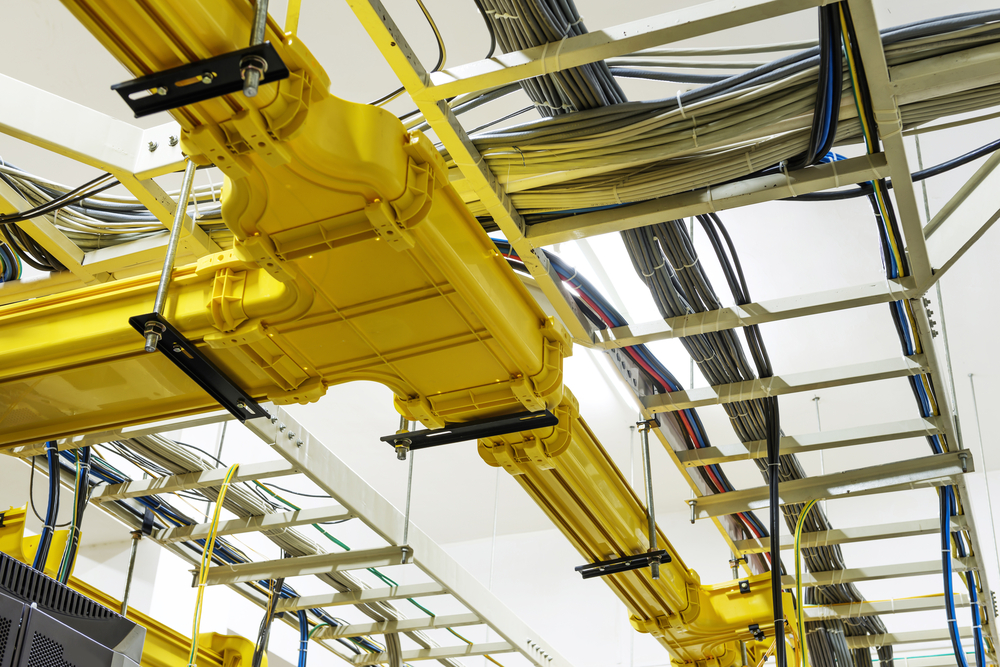Cloud computing is a popular and rapidly evolving area of IT, and many CIOs and data center managers are asking if now is the right time to look at moving all or part of their data centers to the cloud.
Which Cloud Exactly?
There are three options to consider when moving to the cloud:
3rd Party Cloud
One option is to move all or part of your data center functionality to one or more 3rd party cloud service providers. Such service plans are often characterized by a pay-per-use delivery model.
Private Cloud
Another option is to construct your own private cloud, were you use a virtualized IT infrastructure to host services for your own users. This allows you maintain full control of your own data and the services offered.
A Little Bit of Both
A hybrid cloud solution uses some 3rd party resources, but integrates these with a private cloud for internal applications and services.
The Advantages of Cloud Computing
There are many well-documented advantages to moving some or all of your IT resources to the cloud. Using a cloud-based architecture allows data center managers to:
- rapidly scale resources to meet growing demand
- more effectively support a mobile workforce and enable remote collaboration
- simplify maintenance – less hardware means a smaller support staff
- simplify updates – centralized software management allows IT staff to update applications quickly and easily
- rapidly provision and deploy new technologies
- avoid over provisioning, since computing power is allocated to different tasks in real time
All of these advantages add up to a reduced total cost of ownership for organizations that use the cloud effectively. Plus, because there’s less hardware to power and cool, cloud computing is often greener than traditional distributed networking.
The Risks of Cloud Computing
Of course, all these advantages don’t come without some risk.
Organizational leadership is primarily concerned with availability. When software and data storage are outsourced to third parties, there is always a concern that circumstances outside your control will affect access to critical data, either in the form of server latency or downtime.
Front of mind for IT professionals is security. Hosting applications and data with 3rd party service providers means you have to rely on those providers’ security measures to protect valuable information. Security is also an issue in a private cloud, since concentrating virtual machines on fewer physical servers magnifies the impact of any single security breach.
Finally, from an infrastructure perspective, variable demands on cloud resources will result in rapid changes in power consumption and the need for heat dispersal. If your data center infrastructure is not able to respond to these changes, you could face an increased risk of catastrophic system failure.
Making the Call
Before making the decision to move significant IT resources to an external, internal or hybrid cloud, it’s important to optimize your existing facility, including power, precision cooling and network infrastructure.
All too often, data center managers look to cloud computing as a way to expand an overburdened, inefficient data center without additional capital expenditures. But approaching such a dramatic infrastructure shift in this manner is a recipe for an overcomplicated system that will not perform well or achieve many of the advantages outlined above.
Before making the call, first look for ways to optimize your existing data center.










